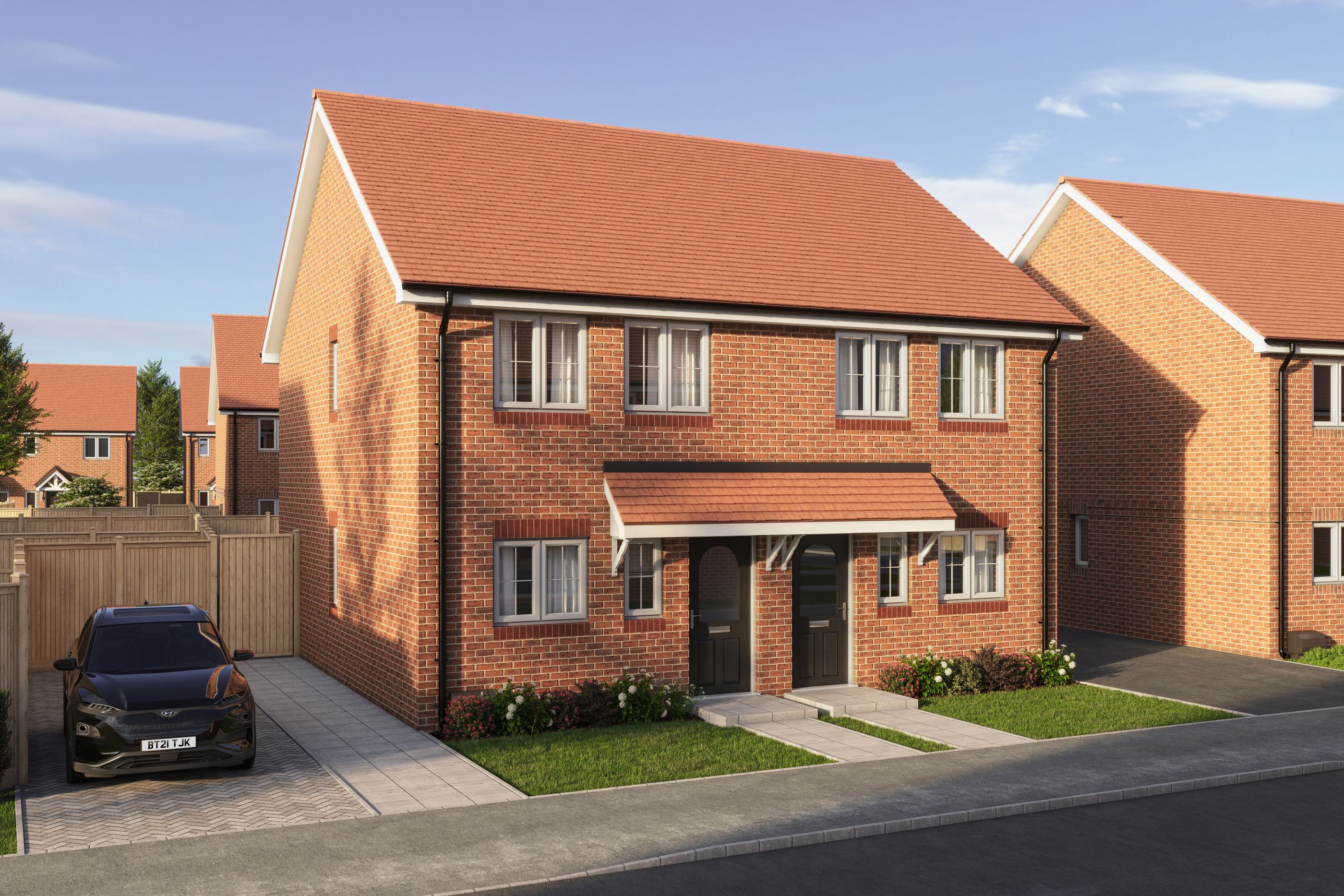Shared Ownership and Leasehold
What does leasehold mean and what is specific to shared ownership homes
What is a leasehold property?
Leasehold is a form of property ownership in which a person owns a property for a fixed period, rather than owning it outright. In a leasehold arrangement, the leaseholder has the right to occupy and use the property for the duration of the lease, which can range from a few years to several centuries.
The key aspects of leasehold ownership include:
The lease has a fixed term, after which the property reverts to the freeholder.
Leaseholders often pay an annual fee to the freeholder known as ground rent.
For maintenance of common areas in buildings with multiple units, service charges apply
The lease may include restrictions and rules about property use and alterations.
The freeholder owns the land and building, while the leaseholder owns the right to occupy.
Leaseholders may have the right to extend their lease, often at a cost.
As the lease term shortens, the property's value may decrease.
In reality, leasehold agreements are common across various types of properties, not just Shared Ownership homes. Many new-build flats, apartments in converted buildings and even some houses are sold as leaseholds. It's crucial for buyers to understand the terms of a leasehold agreement, as it affects their rights, responsibilities, and the property's long-term value.
What is a shared ownership lease?
In addition to the usual leasehold property there is a form of leasehold property referred to as a shared ownership lease where the leaseholder can purchase a share of a property (house or flat) and pay rent on that part of the property retained by the landlord. The leaseholder will have a right to purchase additional shares in the property until they own 100% of the equity. At this point the property is no longer a shared ownership property.
Most shared ownership leasehold properties are granted by housing associations as part of their home ownership programme. Such leases are almost always in a format approved by Homes England. The intention is to provide a first step into home ownership for those who are currently renting and cannot afford to purchase a home at the full market value.
For all new grant funded Shared Ownership homes delivered through the Affordable Homes Programme 2021-2026 and Shared Ownership homes delivered through Section 106 the minimum initial stake is reduced from 25% to 10%.

What is the difference between shared ownership and ordinary leases?
Traditional leasehold flats or apartments are the most common, where the buyer owns the interior space for a set period. Leasehold houses, though less common, also exist, particularly in some new developments. Shared Ownership schemes offer a hybrid model, allowing buyers to purchase a share of a leasehold property while paying rent on the remainder.
A shared ownership lease of a house does not qualify for the right to purchase the freehold, under the provisions of the Leasehold Reform Act 1967, unless there is a provision in the lease for the freehold to be transferred on the purchase by the leaseholder of the remaining share in the property (referred to as the final staircasing).
Homes England approved shared ownership leases must contain core clauses. We have listed the clauses below, but for more information you can read the Capital Funding Guide by Homes England.
Sub-letting clause
Pre-emption Right
Rent review clause
Service charge clause
Mortgage protection clause
Purchasing additional shares (staircasing clause)
Stamp duty Land Tax (SDLT)
*some of this information has been sourced from the leasehold advisory service Shared Ownership Leases - The Leasehold Advisory Service
Speak to your solicitor or your housing association for any additional information and advice if you're unsure about any aspect of a leasehold purchase.
